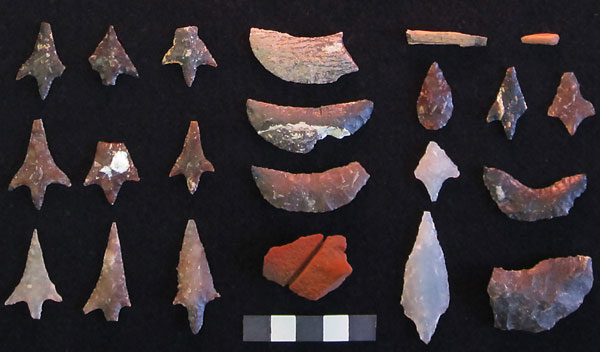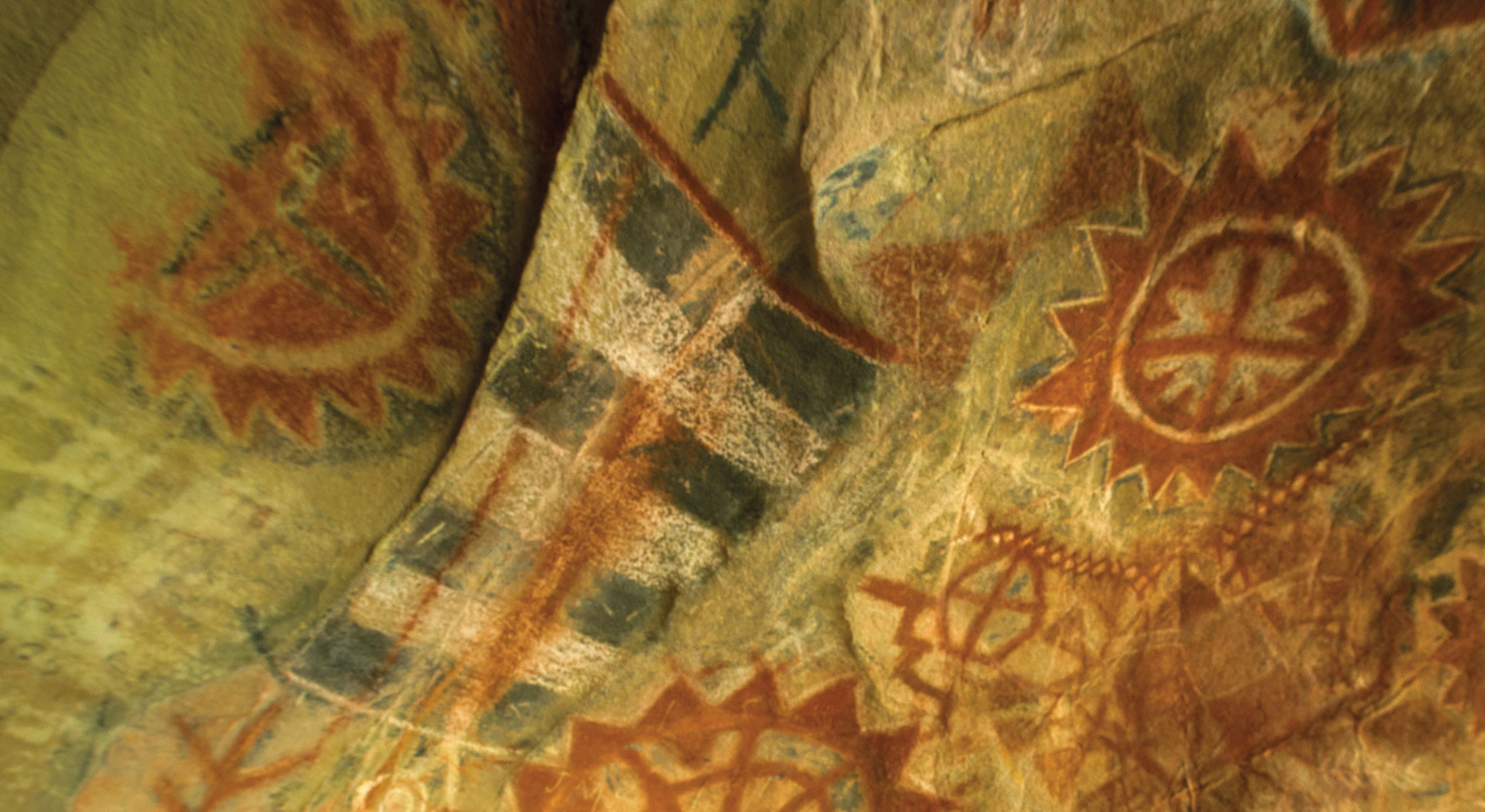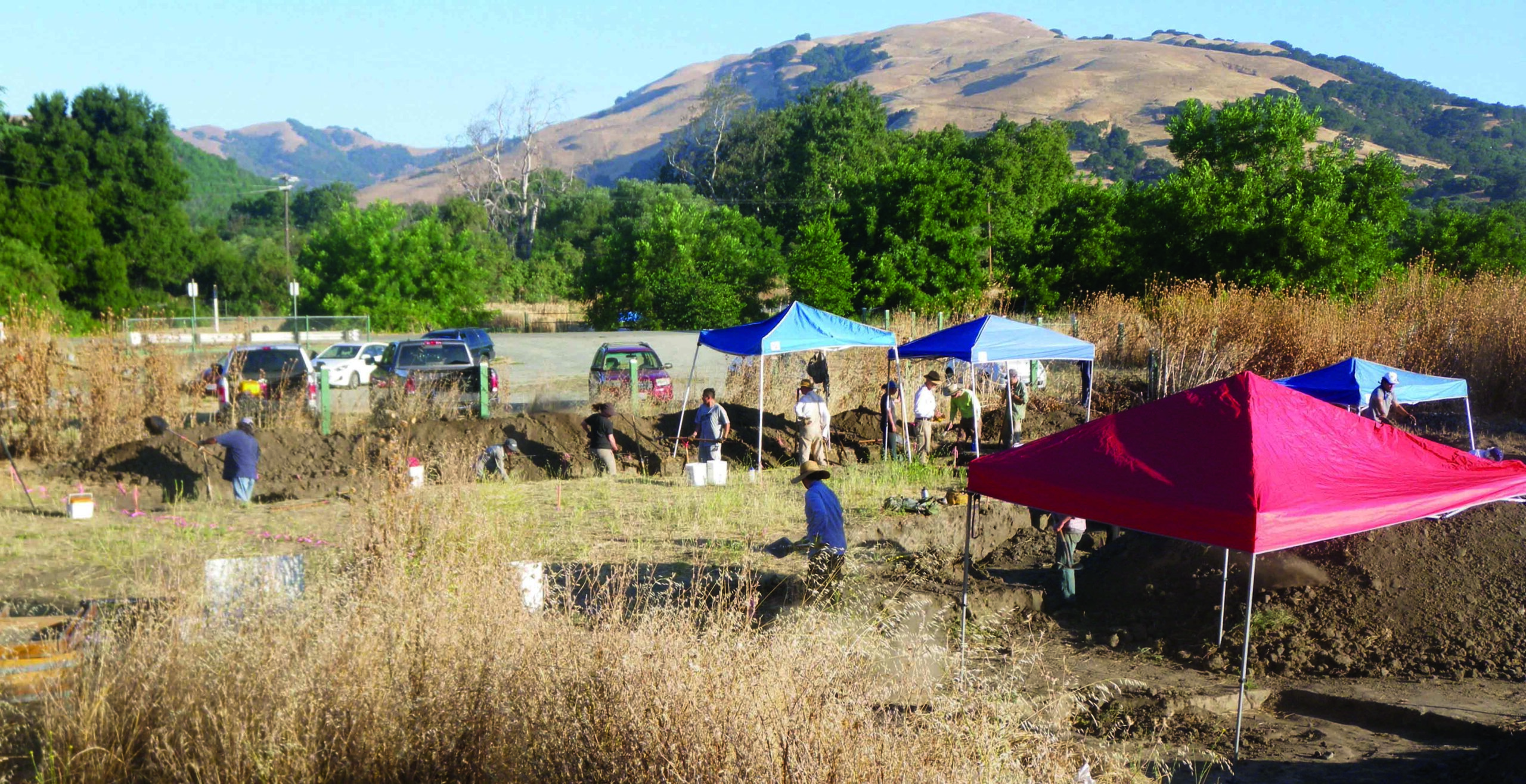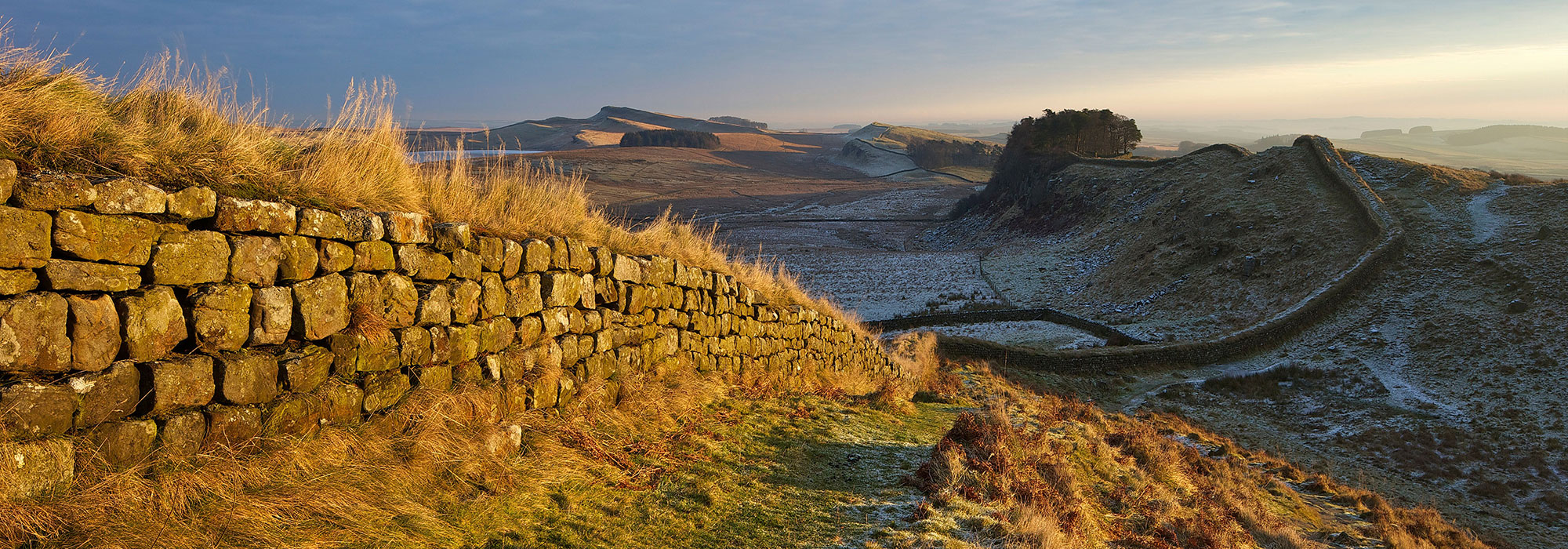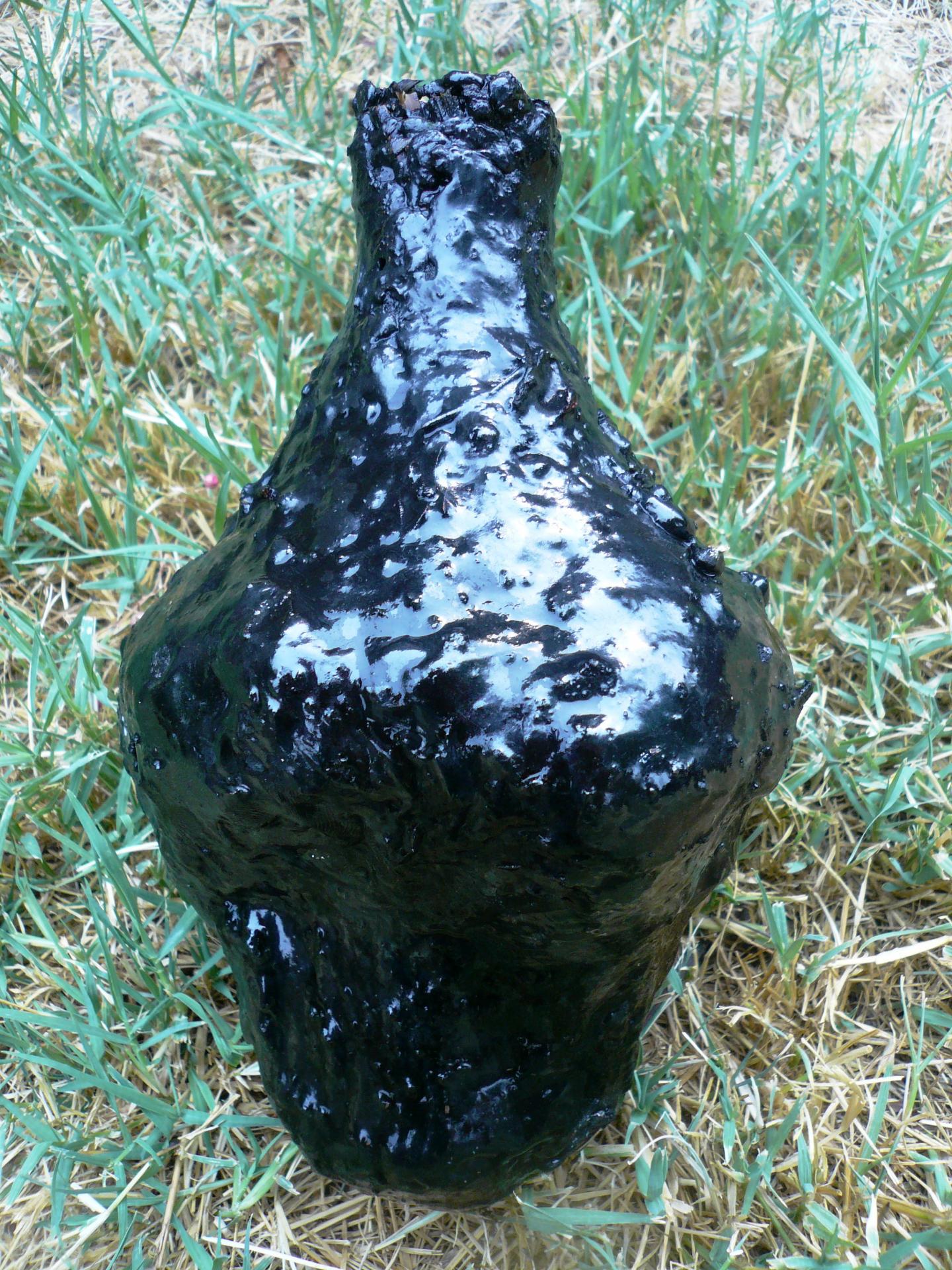
DAVIS, CALIFORNIA—Gizmodo reports that as early as 5,000 years ago, people living in California’s Channel Islands waterproofed baskets with bitumen to create water bottles. An international team of scientists followed oral tradition to replicate the processes to make two such vessels. One bottle basket was lined with soft bitumen, known as “malak,” which seeps up from the ocean floor and washes ashore. A second was lined with hard bitumen, known as “woqo,” which is found on land. While they worked, the scientists sampled the air using gas chromatography and mass spectrometry. They also measured the level of chemicals in the water stored in the bottles. “Bitumen is composed of chemicals that have been linked to a variety of adverse human health effects, such as cancer, reproductive and developmental impairments, and decreased fetal length and head size,” explained team leader Sabrina Sholts of the Smithsonian Institution. The researchers found that the fumes produced by the melted bitumen were toxic, but the water stored in the bottles would probably not have caused health problems. However, bitumen was also used to waterproof boats, tools, and other food-storage items, which would have increased exposure and may have contributed to illness. For more on bitumen in the archaeological record, go to “Something New for Sutton Hoo.”


